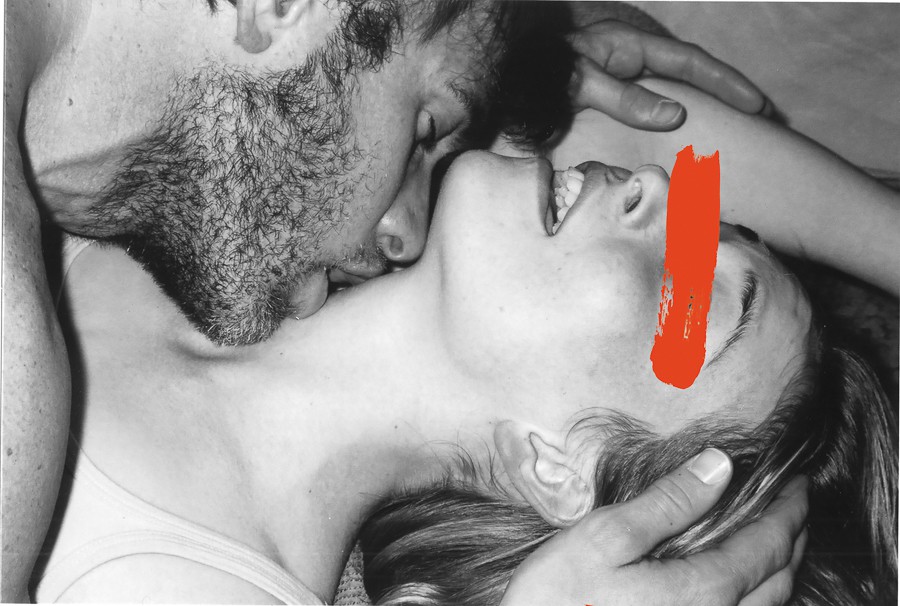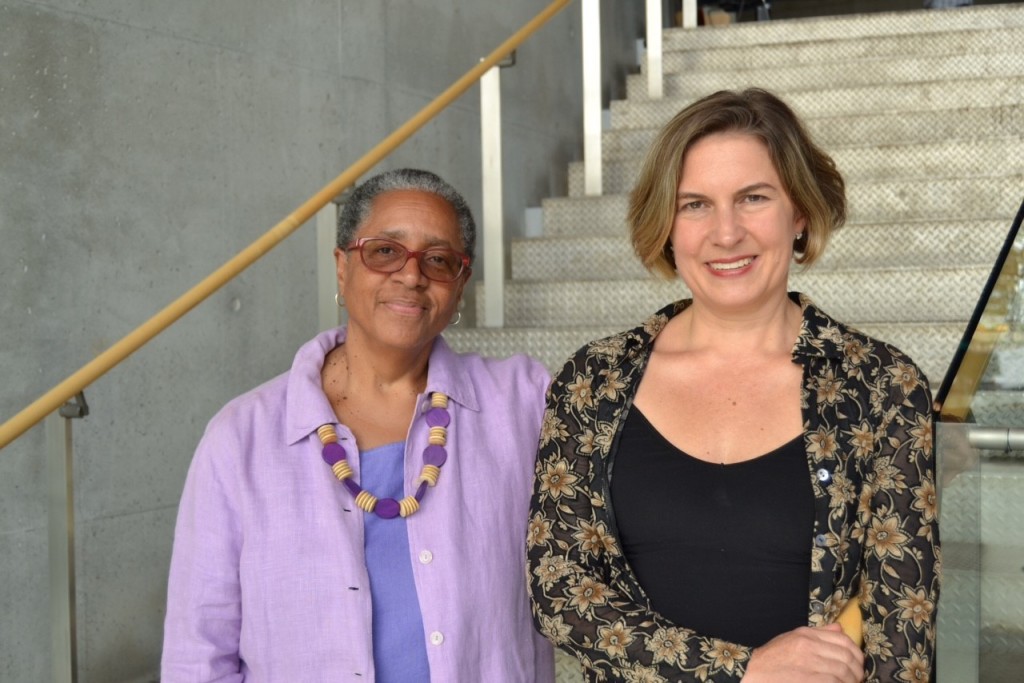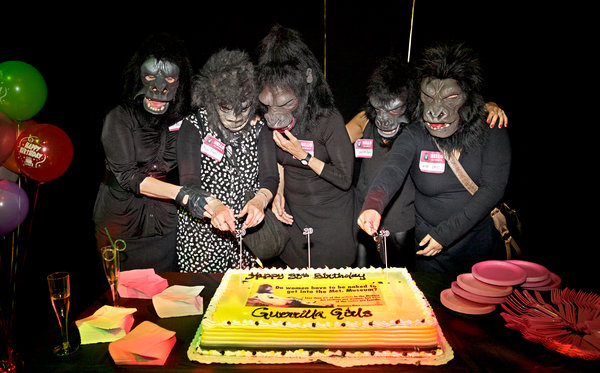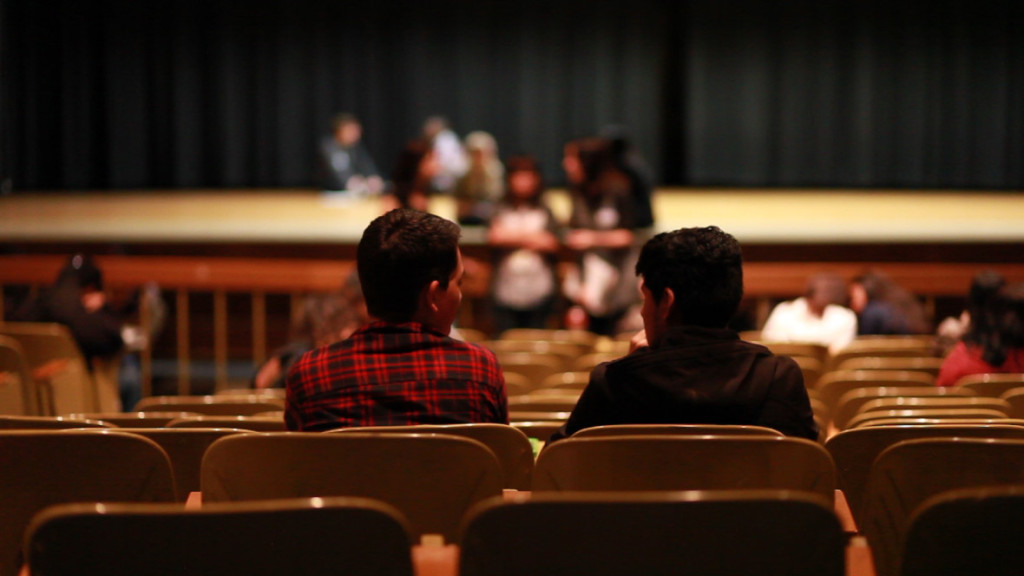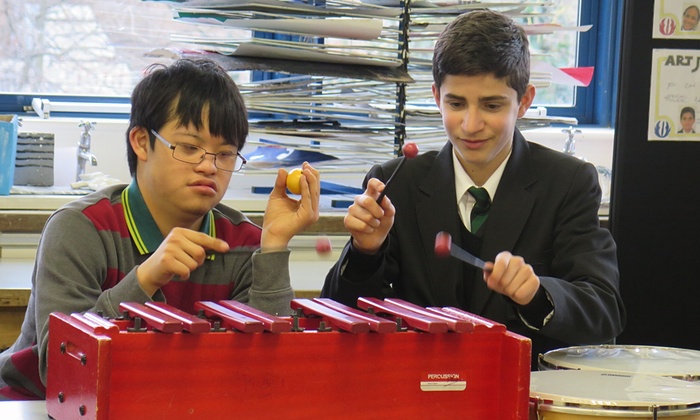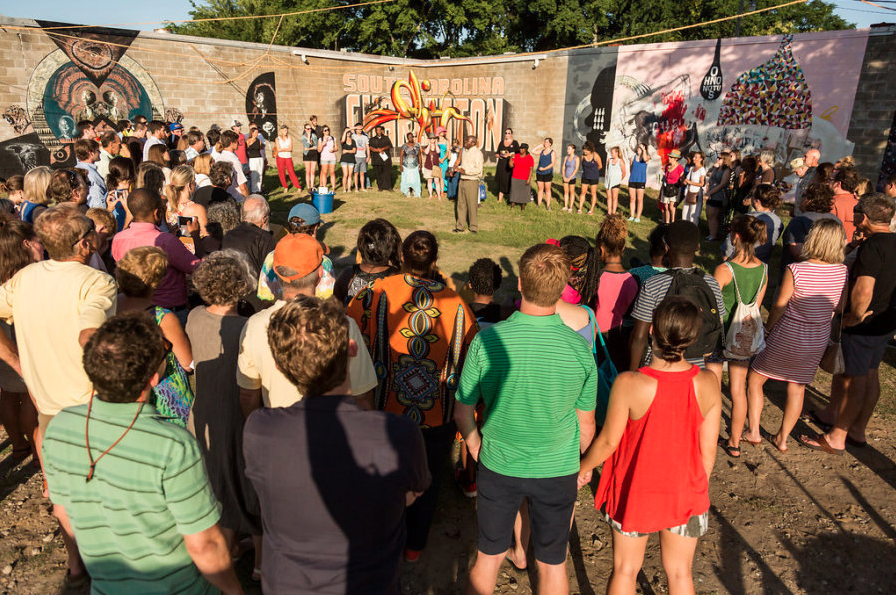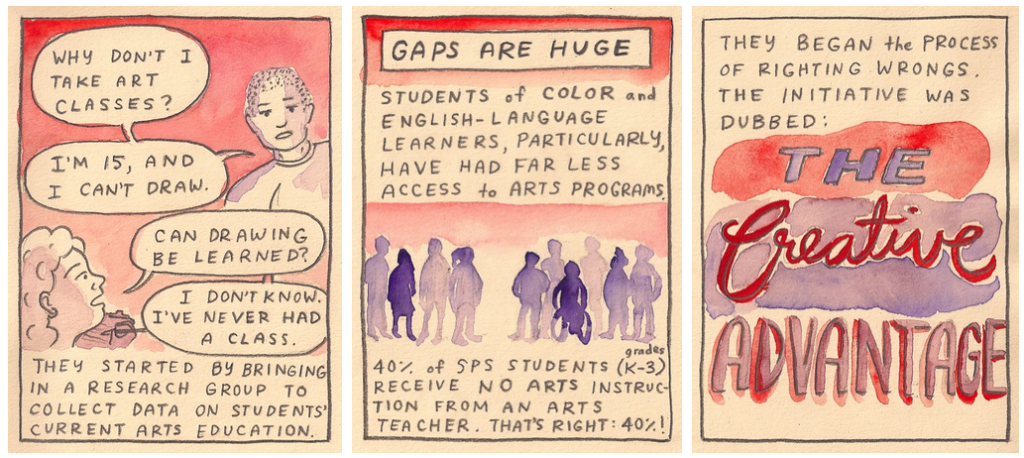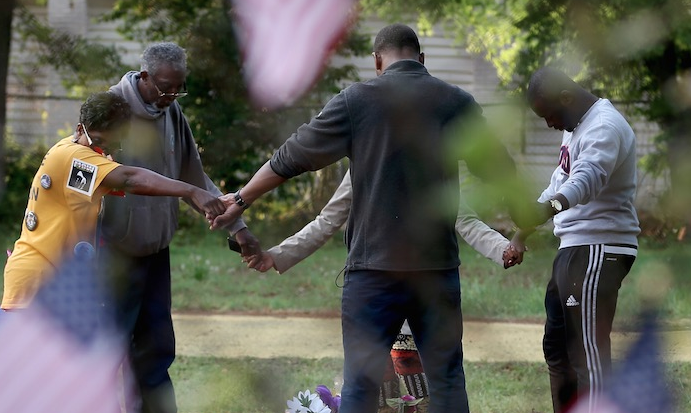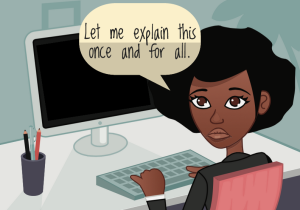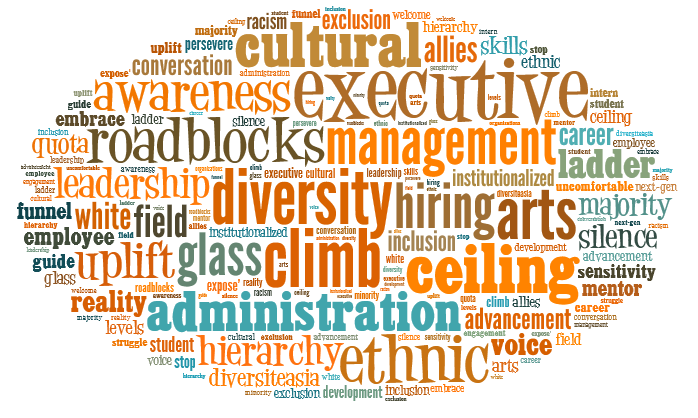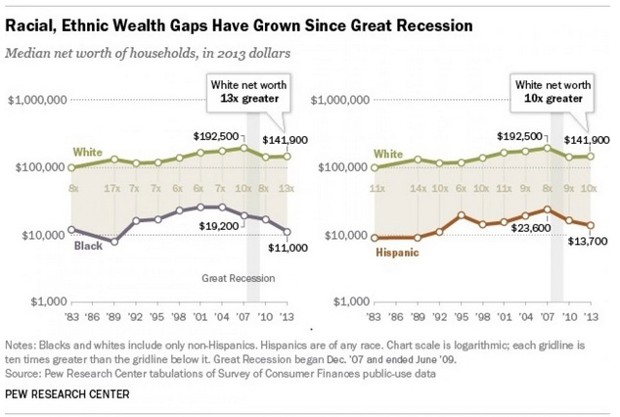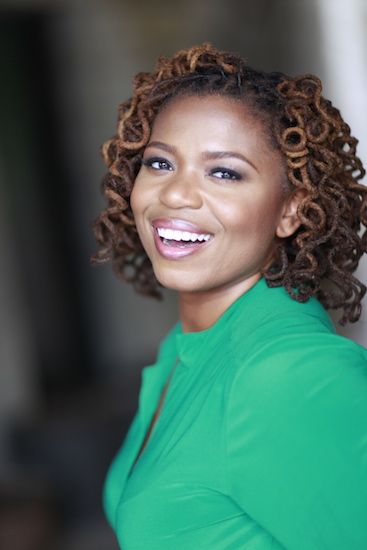Link Roundups feature articles and bits of internet goodness that our dramaturgy team digs up. If you find something you want to send our way, drop us a line on Facebook or Twitter!
♦♦♦♦♦
 Arts Museum Teaching has a post about creating empathy and social impact in museums that can and should be applied to theatres as well:
Arts Museum Teaching has a post about creating empathy and social impact in museums that can and should be applied to theatres as well:
“We are in more urgent need of empathy than ever before.”
This quote has been on my mind often over the past days, weeks, months, and sadly, years—as senseless acts of violence and hatred hit the headlines at a numbing pace of regularity. This past Friday was no different, as we all awoke to the horrific news from Dallas, during a week when the country was already reeling from news of the deaths of Alton Sterling and Philando Castile. We’re also seeing an alarming spike in hate crimes and xenophobia in the UK after ‘Brexit’ that correspond in unsettling ways to divisive rhetoric and acrimonious tone of Republican nominee Donald Trump’s presidential campaign. All of this as we are still processing the Pulse nightclub attack in Orlando, where 49 individuals lost their lives.
I think in moments like these, it’s important for museums—and the people who work for them—to pause and reflect on the roles that we serve within our communities. Yes, museums are institutions that hold collections. But they can also serve a powerful role with our communities as active spaces for connection and coming together, for conversation and dialogue, for listening and sharing. Museums can be spaces for individual stories and community voices. They can be a space for acknowledging and reflecting on differences, and for bridging divides. They can be spaces for growth, struggle, love, and hope.
♦♦♦♦♦
The Nonprofit with Balls blog, following a week of tragic news from around the country, has some good reminders for folks working in the arts:
But we can’t give up hope. Despite the suffering and death we witness each day, our work is making the world better. I see it all the time. I am motivated every day by learning about the amazing programs you make possible, and by getting to know the kind of people you are and the kind you inspire others to be: thoughtful and compassionate and hilarious, full of hope and love and joy and creativity and the belief in a world that is possible. Our community is becoming stronger and more beautiful because of you and all you bring to it, even during difficult days when none of us know the answers. We must keep trying, even when we don’t know all the right words or all the right actions, even when we make mistakes.
